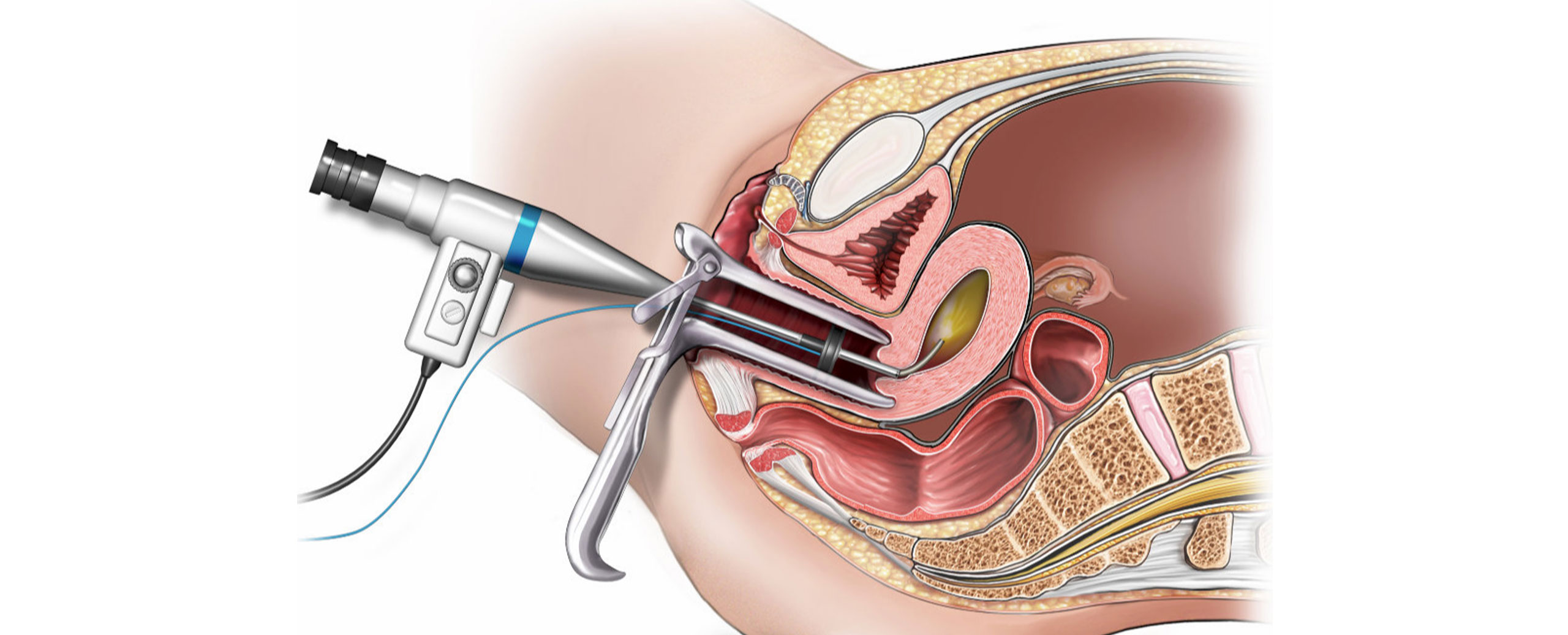
Gynecology
Hysteroscopic Surgery

Hysteroscopy is a minimally invasive surgical procedure used to examine and treat conditions within the uterus. During the procedure, a gynecologist inserts a small telescope (hysteroscope) through the cervix into the uterus. This hysteroscope transmits images to a video display, allowing the surgeon to inspect the uterine cavity for any abnormalities, such as fibroids or polyps, and to check the openings of the fallopian tubes.
How is the Hysteroscopy Procedure Carried Out?
- Anesthesia Administration: The procedure begins with administering anesthesia to the patient.
- Cervix Dilation: Once the patient is relaxed, the cervix is dilated.
- Insertion of the Hysteroscope: The hysteroscope is then inserted through the vagina and cervix to access the uterus.
- Uterus Examination: Air is passed through the hysteroscope to dilate the uterus and clear away blood and mucus. The attached light and camera allow the surgeon to see the uterine cavity and fallopian tubes.
- Diagnosis and Treatment: If any condition is detected, surgical instruments are introduced through the hysteroscope to perform the necessary treatment.
Advantages of Hysteroscopy
- Rapid Recovery: Most patients can go home the same day.
- Minimal Discomfort: As there are no abdominal incisions, postoperative pain is minimal, and there are no wound infections.
- Effective Diagnosis and Treatment: Allows for accurate diagnosis and treatment of various uterine conditions.
Procedures Performed Using a Hysteroscope
Gynecologists use a hysteroscope to diagnose and treat several conditions, including:
- Endometrial or Cervical Polyp Removal
- Fibroid Excision
- Endometrial Lining Biopsies
- Cannulation (Opening) of the Fallopian Tubes
- Intrauterine Adhesion Removal (Scarring)
- Replacement of a Lost IUD (Intrauterine Contraceptive Device)
- Endometrial Ablation: A treatment for irregular or excessive menstrual flow.
Typical Recovery Time After Hysteroscopy
Recovery from hysteroscopy is usually swift due to the lack of incisions. Most patients require pain medication in the immediate postoperative period, typically an anti-inflammatory drug. Strenuous activities should be avoided for about two weeks, and nothing should be inserted into the vagina, including tampons, during this period. Most women can return to work within two weeks.
What to Expect Immediately After Hysteroscopic Surgery
- Uterine Cramps or Abdominal Pain
- Cervical Bleeding
- Lightheadedness or Nausea
When to Call Your Doctor After a Hysteroscopy
- Significant Vaginal Bleeding: More than one sanitary napkin per hour.
- Fever
- Urinary Incontinence
- Severe or Worsening Abdominal Discomfort
- Vomiting
- Breathing Difficulty
